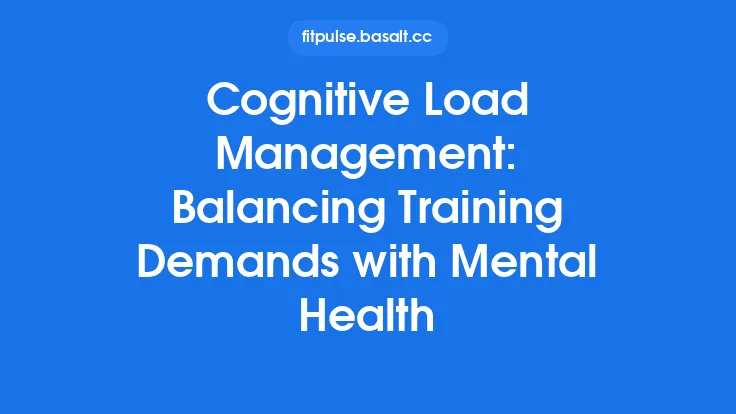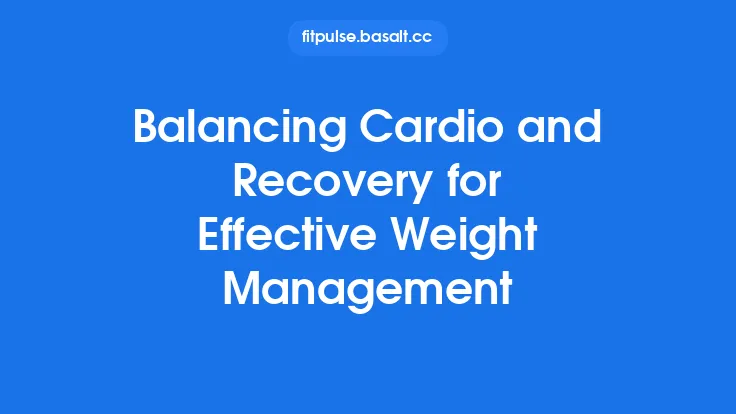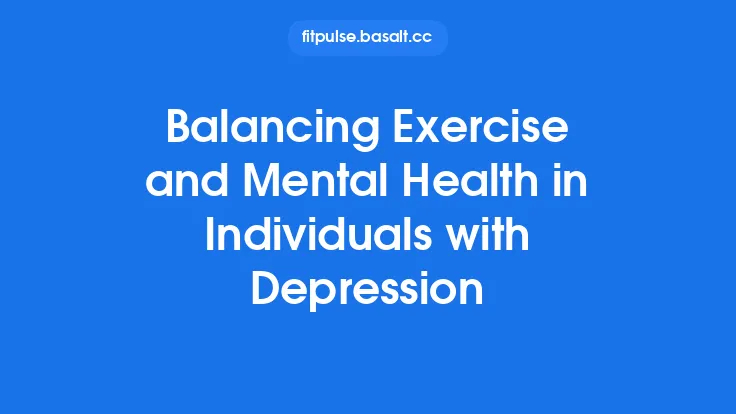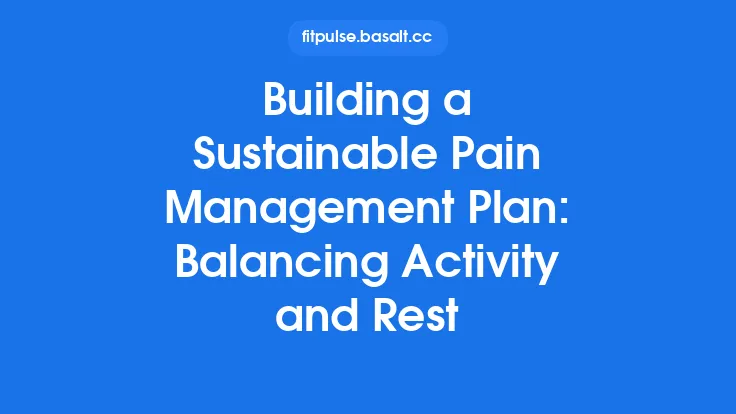Balancing the demands of daily life with a consistent calisthenics practice can feel like walking a tightrope. When stress builds up, it not only clouds mental clarity but also sabotages physical performance, recovery, and long‑term progress. This article explores how to weave effective stress‑management strategies directly into your calisthenics routine, creating a resilient, adaptable lifestyle that supports both mental well‑being and bodyweight strength.
Understanding Stress and Its Impact on Calisthenics Performance
What stress does to the body
Stress triggers the sympathetic nervous system, releasing cortisol, adrenaline, and other catecholamines. In the short term, these hormones boost alertness and energy—useful for a quick sprint or a high‑intensity set. Prolonged elevation, however, leads to:
- Impaired muscle protein synthesis – cortisol antagonizes anabolic signaling pathways (e.g., mTOR), slowing strength gains.
- Reduced joint stability – heightened muscle tension can compromise form, increasing injury risk during complex moves like muscle‑ups or handstand push‑ups.
- Diminished motor learning – chronic stress hampers the brain’s ability to consolidate new movement patterns, making skill acquisition slower.
Why calisthenics is uniquely sensitive
Bodyweight training relies heavily on neuromuscular coordination, proprioception, and precise technique. Even subtle mental fatigue can manifest as wobble in a planche or a loss of tension in a front lever. Recognizing this feedback loop is the first step toward integrating stress‑reduction into your training plan.
The Physiology of Stress and Calisthenics
| Stress Component | Primary Hormone | Effect on Calisthenics | Practical Implication |
|---|---|---|---|
| Acute (fight/flight) | Adrenaline | Increases heart rate, boosts short‑term power | Can be harnessed for explosive plyometrics or sprint intervals |
| Chronic (allostatic load) | Cortisol | Suppresses immune function, degrades connective tissue | Leads to joint pain, slower recovery, plateaus |
| Psychological (perceived) | Cortisol + CRH | Alters sleep architecture, reduces motivation | Undermines consistency and skill retention |
Understanding these mechanisms helps you decide when to lean into stress (e.g., using a brief adrenaline surge for a high‑intensity circuit) versus when to counteract it (e.g., employing relaxation techniques after a heavy skill session).
Stress Management Techniques Complementary to Calisthenics
- Box Breathing (4‑4‑4‑4)
- Inhale for 4 seconds, hold 4, exhale 4, hold 4.
- Activates the parasympathetic nervous system, lowering heart rate within minutes.
- Use before a skill attempt to calm tremors and improve focus.
- Progressive Muscle Relaxation (PMR)
- Systematically tense and release muscle groups, starting from the feet and moving upward.
- Enhances proprioceptive awareness, which translates to better body control during static holds.
- Micro‑Meditations (1–3 min)
- Set a timer, close your eyes, and simply observe breath or a mantra.
- Even brief sessions can reset cortisol levels, especially when placed between supersets.
- Nature Exposure
- Training outdoors or taking a short walk in green space reduces sympathetic activity.
- Incorporate a “ground‑time” warm‑up on grass or a park bench to reap the calming benefits.
Structuring Workouts for Stress Reduction
1. Warm‑up as a Stress‑Reset
- Begin with 5 minutes of low‑intensity mobility (cat‑cow, scapular push‑ups) combined with deep diaphragmatic breathing.
- This dual focus prepares joints while signaling the nervous system to shift from “alert” to “ready.”
2. Skill‑Focused Blocks with Built‑In Recovery
- Example: 3 × 5 min skill blocks (e.g., handstand practice) with 2 min active recovery (light jogging in place, shoulder rolls).
- The short recovery intervals prevent cortisol spikes that can occur during prolonged high‑intensity skill work.
3. End with a “Cool‑Down Reset”
- Finish with static stretching paired with a guided body scan.
- This practice lowers heart rate, encourages parasympathetic dominance, and reinforces mind‑muscle connections.
4. Periodization for Stress Management
- Micro‑cycles (weekly): Alternate “stress‑high” weeks (higher volume, intensity) with “stress‑low” weeks (reduced load, more mobility).
- Macro‑cycles (3–4 months): Incorporate a deload phase where volume drops by 30‑40 % and focus shifts to technique refinement and recovery modalities.
Breathing and Mindful Movement Integration
Calisthenics already demands breath control, but making it explicit can amplify stress‑relief:
- Inhale during eccentric phases (e.g., lowering into a dip).
- Exhale during concentric phases (e.g., pushing up).
- For static holds (planche, L‑sit), practice slow, rhythmic diaphragmatic breaths to maintain tension without hyperventilating.
Pairing breath with movement creates a meditative rhythm, turning each rep into a mini‑mindfulness session.
Recovery Strategies that Mitigate Stress
- Contrast Showers: Alternate 30 seconds of hot water with 15 seconds of cold. The vasomotor response reduces systemic inflammation and stimulates the vagus nerve, lowering cortisol.
- Foam Rolling & Myofascial Release: Targeting the thoracic spine and latissimus dorsi improves rib cage mobility, facilitating deeper breathing and reducing sympathetic tone.
- Sleep Hygiene: While sleep is a separate article, a brief reminder—maintain a consistent bedtime, limit screen exposure 30 minutes before sleep, and keep the bedroom cool (≈18 °C). Quality sleep is the cornerstone of stress regulation.
Time Management and Routine Planning
A well‑structured calendar prevents stress from accumulating due to “what‑to‑do” anxiety:
- Block Scheduling
- Reserve specific 45‑minute windows for calisthenics, labeling them as “Skill & Stress Management.”
- Treat these blocks like professional meetings—non‑negotiable.
- Buffer Zones
- Insert 5‑10 minute transition periods between work tasks and training. Use this time for a quick breathing exercise or a brief walk to shift mental gears.
- Weekly Review
- Every Sunday, assess training load, perceived stress (rate of 1‑10), and adjust the upcoming week’s intensity accordingly. This proactive approach keeps chronic stress in check.
Monitoring Progress and Adjusting Load
- Subjective Measures: Daily Stress Rating (DSR) on a 1‑10 scale, recorded alongside training notes.
- Objective Measures: Heart Rate Variability (HRV) taken each morning; a decreasing trend may signal accumulating stress.
- Performance Indicators: If a previously mastered skill (e.g., 10‑second handstand) begins to falter, consider it a red flag and reduce volume or incorporate additional recovery.
When data points suggest rising stress, respond by:
- Reducing set counts or intensity.
- Adding an extra mobility or breathing session.
- Scheduling a “recovery day” focused solely on low‑impact activities (e.g., walking, gentle yoga).
Common Pitfalls and How to Avoid Them
| Pitfall | Why It Happens | Countermeasure |
|---|---|---|
| Training through fatigue | Desire to “push through” perceived weakness | Use a simple “two‑minute rule”: if you feel mental fog for >2 min, stop and perform a breathing reset. |
| Neglecting breath during high‑intensity sets | Focus on speed or reps | Set a metronome or count aloud to synchronize breath with movement. |
| Over‑loading skill work without adequate rest | Excitement about new progressions | Follow a 1:2 ratio: for every minute of intense skill work, allocate two minutes of low‑intensity recovery. |
| Relying solely on external stress‑relief (e.g., caffeine, alcohol) | Quick fixes seem easier | Replace one caffeinated beverage per day with a 5‑minute mindfulness break. |
| Skipping post‑workout cool‑down | Time pressure | Treat the cool‑down as part of the workout; schedule it in the same time block. |
Building a Sustainable Stress‑Balanced Calisthenics Lifestyle
- Integrate, Don’t Separate
- View stress management as a component of each training session, not an add‑on. The breath, mobility, and recovery elements become inseparable from the skill work.
- Cultivate a “Stress‑Aware” Mindset
- Regularly ask yourself: “How am I feeling right now? What does my body need?” This internal check prevents the buildup of unnoticed tension.
- Leverage Community Support
- Even without forming a full community, sharing progress and stress‑management tips with a training partner or online forum creates accountability and reduces isolation.
- Iterate and Personalize
- No single protocol works for everyone. Experiment with different breathing patterns, recovery modalities, and training splits. Record outcomes and refine the system continuously.
Final Thoughts
Balancing stress management with calisthenics isn’t a one‑time adjustment; it’s an ongoing dialogue between mind and body. By understanding the physiological interplay, embedding purposeful breathing and recovery practices, and structuring workouts to respect the nervous system’s limits, you create a resilient foundation for lifelong bodyweight mastery. The result is not just stronger muscles, but a calmer mind—an essential ally on the path to sustainable, joyful movement.





